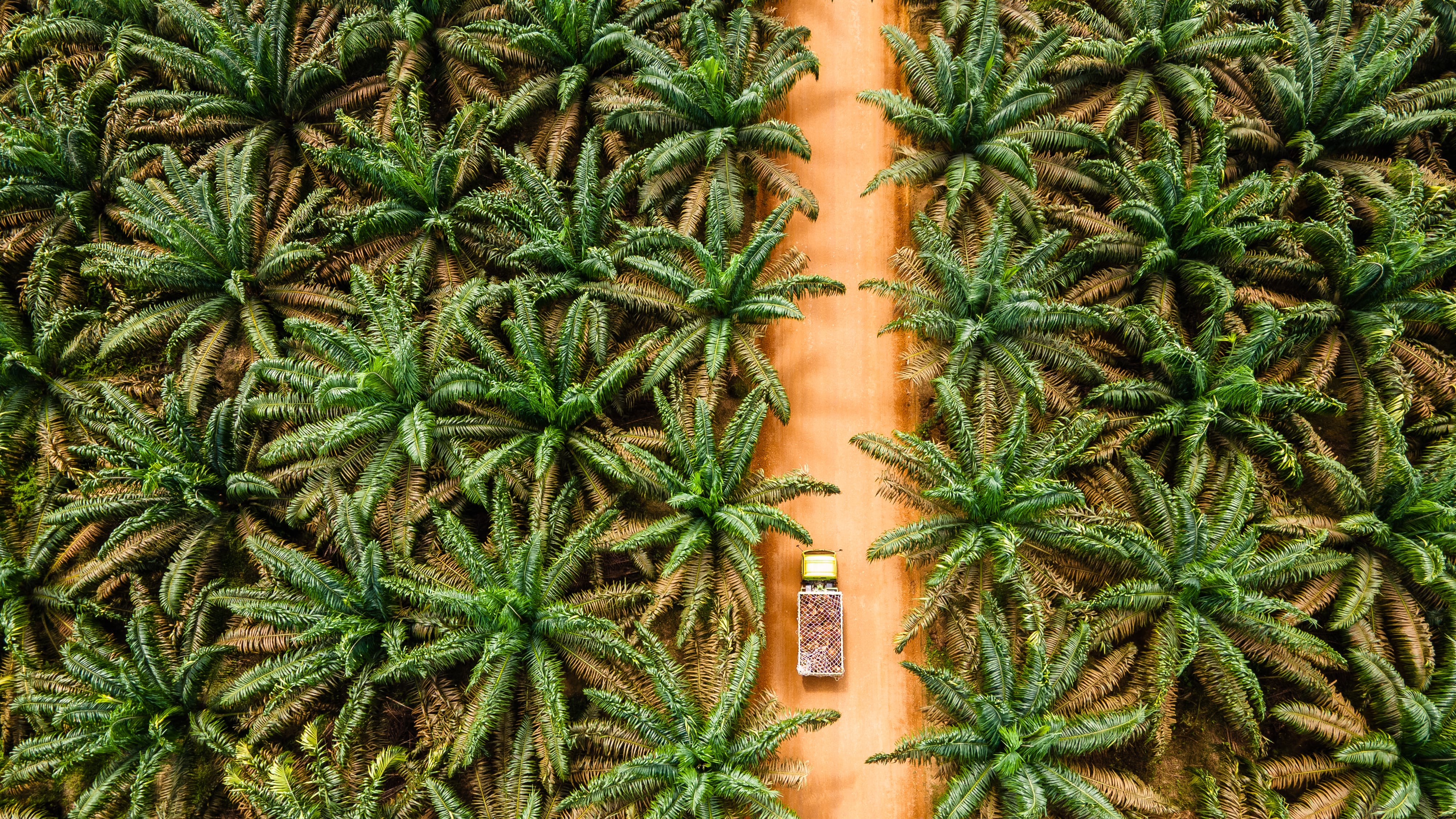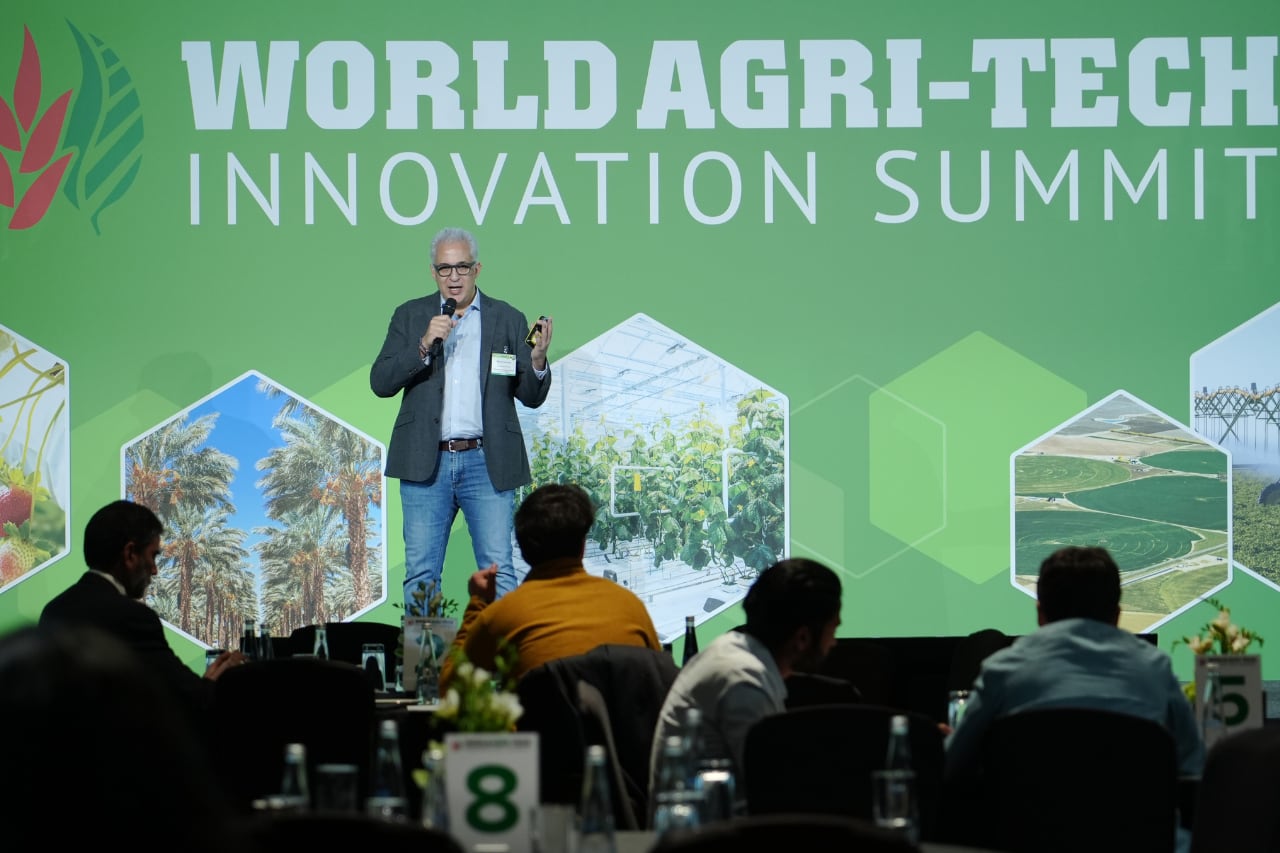The precision tech firm – a spinout from Imperial College London – uses IoT, AI, sensors, and robotics to boost productivity of coconut, date, areca, and oil palms plantations.
Permia’s tech is commercially available to farmers in Sri Lanka, and the agtech company is conducting trials with partners in plantations across the tropics, including regions such as South Asia, Southeast Asia, the Middle East, Africa, and South America.
The Smart Monitoring for Red & Black Palm Weevils Management in Ghanaian Plantations project wanted solutions to address the serious threat posed by red and black palm weevils to Ghana’s coconut and oil palm plantations.
These crops are vital for the livelihoods of many smallholder farmers in Ghana and are economically significant for the country. Palm weevils cause up to 30% yield losses and can lead to widespread tree mortality, threatening crop productivity, rural livelihoods, and economic stability.
Together with Council for Scientific and Industrial Research (CSIR) Ghana and Brazilian research body Embrapa, Permia created an AI-driven monitoring and management package tailored specifically for Ghana’s coconut and oil palm systems.
AI algorithms and bio-acoustic sensors
Permia employed AI algorithms to analyse data collected from sensors, satellite, and drone imagery to monitor the health of palm trees and spot early signs of palm weevil infestation.
The agtech company also used bio-acoustic sensors that “listen” inside coconut palm trees tress to detect red palm weevil larvae in with 97% accuracy. “The tricky thing about red palm weevil is that the larvae eats the fibres of the tree from the inside. By the time the farmer sees the visual symptoms it’s probably too late and they’ll either have to use a lot of pesticide or burn down the tree,” Permia CEO Efrem de Paiva told AgTechNavigator.
The company’s sensors can “hear” inside a tree at a distance of 20 metres, he told us.
“It works like a stethoscope and listens to the tree for about a minute. It will either turn red to say there’s an infestation or green to say it’s in the clear. Then you can move to the next tree.
“We can detect as early as two weeks after the eggs have hatched. The earlier the farmer detects, the less toxins they have to put inside a tree. Not only is it good for the environment, but they can also sell the production. If the tree has a lot of infestation, they have to use very toxic pesticides and can’t selling the production for a year.”
And thanks to the satellite and drone imagery that monitor the health of palm trees from above, farmers can save labour costs. “Instead of hiring a lot of people to climb up and look at each individual tree, we can cover 500 hectares in a single day,” de Paiva said.
Feather in its cap
The recognition received of the Innovate UK award will help the company raise more funds (it has raised around $490,000 over three funding rounds so far) and commercialise in more countries, de Paiva said.
“We already have traction and demand in various countries, but this helps us to get or name out even further.”
Scalability potential
Innovate UK, the UK government’s innovation agency, chose to recognise Permia thanks to its scalability potential in different countries, he added. “We do a lot of what I call the localisation of the solution. We have to make sure the solution fits the country, not only in terms of price but in terms of whether the culture will actually take the technology on board.
“Our challenge is to make the value proposition compelling enough for a farmer to invest in a new technological solution. … We have to show them this works and has an immediate impact on their bottom line.”




